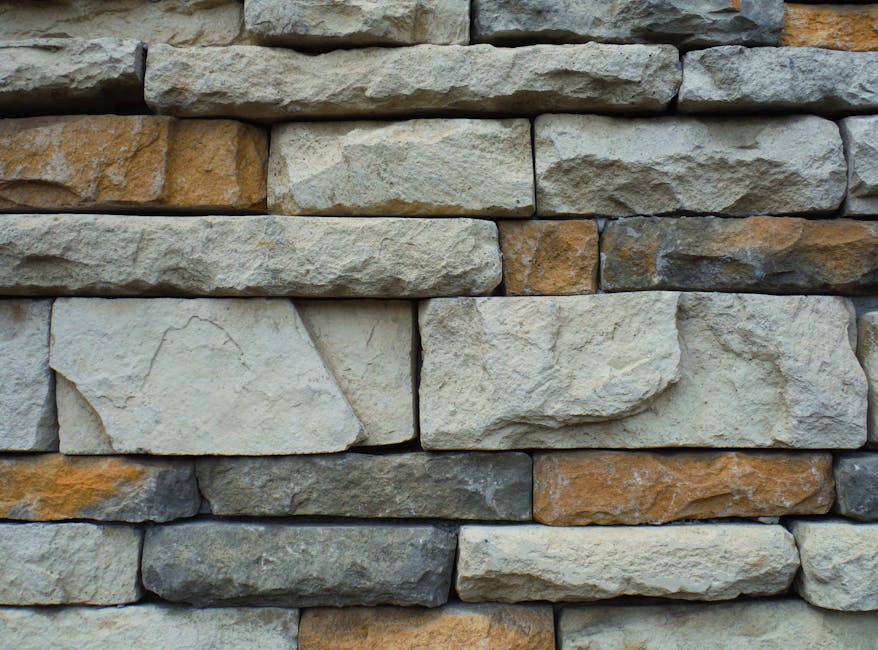Have you ever considered growing your own edible collards right from a container on your patio or balcony? Whether you’re experimenting with small-space gardening or aiming to become more self-sufficient, growing collards in containers can be a rewarding endeavor. This not only provides you with fresh greens but also contributes positively to local ecosystems by supporting biodiversity and assisting pollinators. In this article, we’ll explore some essential tips that will ensure your container-grown collards thrive while also playing a role in a pollinator-friendly garden.
Why Grow Collards in Containers?
Growing collards in containers allows you to enjoy gardening even with limited space. Collards are not only nutritious but also versatile in the kitchen, making them an excellent choice for container gardening. Unlike traditional gardening, container gardening can provide better control over soil conditions, pests, and weather impacts. Additionally, growing in containers can assist in managing biodiversity within urban settings, turning any space into a mini pollinator-friendly environment.
Benefits of Container Gardening for Collards
Container gardening offers several advantages:
-
Flexibility in Location: You can move your containers to capture the best sun exposure throughout the year.
-
Pest and Disease Management: Containers can be placed away from ground-level pests and allow you to monitor for diseases more easily.
-
Access to Fresh Produce: Nothing beats the convenience of harvesting fresh collards from just outside your door.
-
Pollinator Support: By choosing the right companion plants, you can attract and nourish pollinators, strengthening your local ecosystem.
Choosing the Right Variety of Collards
Different collard varieties may have varying needs in container gardens. Crucial to successful container gardening is selecting a variety that is suited for the container environment.
Varieties Well-Suited for Containers
-
Georgia Southern: Known for its heat tolerance and large leaves, it does well in a range of climates.
-
Vates: It is ideal for small containers due to its compact growth habit.
Importance of Considering Local Climate
Consider your local climate when selecting a collard variety. Some collards thrive in cooler seasons, while others are better suited for warmer climates. Knowing your USDA Hardiness Zone is essential for selecting a variety that will perform well in your area.

This image is property of pixabay.com.
Preparing Your Container
Choosing and preparing the right container is critical in ensuring your collards receive adequate space and nutrients.
Selecting the Right Container Size
Collards need room to grow, so select a pot at least 12 inches in diameter and 12 inches deep. The larger the better, as it allows for more root space and stability for the plant.
Ensuring Proper Drainage
Proper drainage is vital to prevent root rot. Use containers with drainage holes and consider a layer of gravel or broken pottery at the bottom to enhance drainage efficiency.
Soil Mix for Optimal Growth
An enriched soil mix ensures your collards get the nutrients they need:
- Use a high-quality potting mix suitable for vegetables.
- Incorporate compost or well-rotted manure to boost nutritional content.
Table: Ideal Soil Mix Components
| Component | Purpose |
|---|---|
| Potting Soil | Base for root growth |
| Compost | Provides essential nutrients |
| Perlite or Vermiculite | Improves drainage |
| Organic Matter | Maintains soil health |
Planting Your Collards
Planting collards correctly will set the stage for a healthy harvest. Timing and planting techniques are crucial.
When to Plant
Spring or fall are ideal planting times, depending on your local climate. Aim for temperatures between 45°F and 75°F, which are most favorable for collard growth.
How to Plant
Gently sow seeds about ¼ inch deep, or transplant seedlings following the spacing recommendations to allow for proper air circulation and leaf expansion.
This image is property of pixabay.com.
Caring for Your Container Collards
Once planted, proper care will yield vibrant and hearty collards.
Proper Watering Techniques
Consistent moisture is necessary, but avoid over-watering. Water thoroughly when the top inch of soil feels dry to the touch.
Fertilization Routine
Feed every four to six weeks with a balanced organic fertilizer to replenish nutrients lost through watering and plant use.
Pest and Disease Management
Even in containers, collards can face pest and disease challenges. Taking a proactive approach will help safeguard your plants.
Common Pests
-
Aphids: Can be deterred with a strong water spray or insecticidal soap.
-
Cabbage Loopers: Handpick or use neem oil as a natural repellant.
Disease Prevention
Good air circulation reduces the risk of fungal diseases. Regularly check for and remove any diseased leaves.
This image is property of pixabay.com.
Encouraging Pollinators
Making your container garden a haven for pollinators can enhance growth and biodiversity, benefiting your collard plants and the local ecosystem.
Companion Planting
Consider planting alongside nectar-rich flowers like marigolds or nasturtiums to attract bees, butterflies, and other essential pollinators. Not only will these plants beautify your space, but they will also create a supportive habitat for pollinators.
Providing a Habitat
Incorporate small water sources such as shallow dishes with rocks for butterflies to rest on and hydrate.
Harvesting Your Collards
Knowing the right time to harvest will maximize flavor and nutritional content. Typically, collards are ready when leaves reach a usable size but before they become tough, sometimes around 55 to 75 days after planting. Harvest leaves from the bottom up, allowing the plant to continue growing.
Conclusion
Growing edible collards in containers is not only a practical solution for limited space but also an enriching way to support pollinator biodiversity. As you embark on this gardening journey, you’ll find that nurturing your plants also nurtures a part of the ecosystem, contributing positively to your surroundings. Start your container gardening today, and let your efforts serve both your kitchen and local pollinators.
For further reading and to enhance your gardening practices, you might consider downloading a comprehensive planting guide or reading related articles on pollinator-friendly gardening strategies. These resources can offer advanced tips and insights, ensuring your garden, no matter its size, is vibrant and flourishing.
